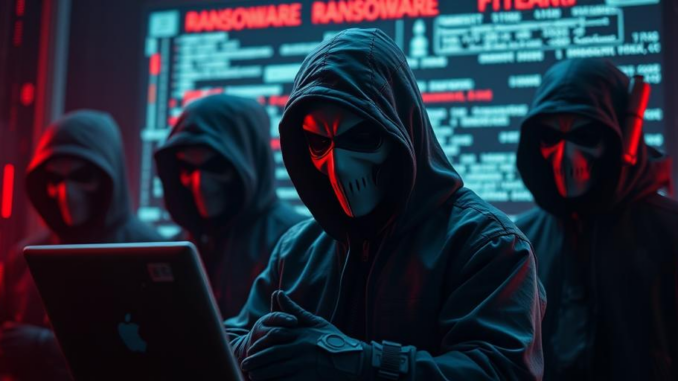
Summary
November 2024 witnessed a record-breaking surge in ransomware attacks, impacting various sectors and highlighting the evolving tactics of cybercriminals. The rise of new ransomware groups, coupled with the exploitation of known vulnerabilities, contributed to this unprecedented increase. Organizations must prioritize robust cybersecurity measures to mitigate the escalating threat of ransomware.
Explore the data solution with built-in protection against ransomware TrueNAS.
** Main Story**
Okay, so November 2024, right? Absolute mayhem in the ransomware world. We saw numbers that were, frankly, terrifying. I mean, the sheer volume of victims listed on leak sites? More than double what we usually see in a month. That should make anyone in cybersecurity sit up and take notice. It’s a clear sign these ransomware guys are getting bolder, and frankly, better at what they do.
What fueled this insane spike? Well, a few things came together to create the perfect storm. For starters, we saw some new players enter the game, groups like Interlock and Ymir. And these weren’t just any newbies; they were packing some serious heat, exploiting vulnerabilities in things like Veeam Backup systems, which, let’s be honest, are pretty critical for a lot of businesses. Plus, and this is an oldie but a goodie (or, you know, a badie), attackers kept hammering away at known vulnerabilities in outdated software, particularly Microsoft Exchange Servers. It’s like leaving the front door wide open. I just don’t get why people don’t patch these things faster. Oh, and let’s not forget the Ransomware-as-a-Service (RaaS) model, which is basically making it easier than ever for anyone to get in on the action. You can practically buy a ransomware kit for peanuts these days.
Who Got Hit the Hardest?
So, who were the unlucky victims in all of this? Pretty much everyone felt the pain, but some sectors got hit harder than others. Manufacturing, healthcare, and finance, naturally, because, you know, they hold a ton of sensitive data and can’t afford to be down for long. And geographically, the USA remained a prime target. But I have to tell you, no one was really safe. It was a global free-for-all.
Speaking of tactics, these ransomware groups are constantly upping their game. Double extortion is the name of the game now – exfiltrating your data before encrypting it. Talk about pressure! And the ransom demands? Ranging from thousands to millions, and it all depends on how much they think they can squeeze out of you. RansomHub became a major player, racking up a ton of victims. And, of course, you still had the usual suspects like Akira, which has ties to the old Conti group, and LockBit, who are still kicking around despite all the law enforcement attention. LockBit is like the cockroach of the ransomware world.
So, What Do We Do About It?
Given all this, what can we, as an industry, do? Well, the November 2024 surge should serve as a big, flashing neon sign telling everyone to take cybersecurity seriously. We absolutely have to prioritize proactive measures. Here are a few must-do’s:
- Keep Software Updated: Patch, patch, patch! Especially those Microsoft Exchange Servers. It’s non-negotiable.
- Implement Multi-Factor Authentication (MFA): It’s an extra layer of security that can make a world of difference. Particularly for remote access points like VPNs.
- Strengthen Endpoint Security: A robust endpoint protection solution is critical for detecting and stopping ransomware in its tracks.
- Backup Your Data Regularly: Offline and offsite backups are your best friend if, scratch that, when, a ransomware attack hits.
- Educate Your Employees: Phishing scams and social engineering tactics are how these guys get in. Train your people to spot them. It’s so important.
- Invest in Threat Intelligence: Stay informed about the latest ransomware trends. Knowing what’s coming allows you to prepare for it.
Ultimately, tackling this threat requires a team effort. Industries, governments, and cybersecurity professionals need to work together, sharing information and coordinating our defenses. Because only by doing that can we hope to create a truly secure digital environment. It’s a lofty goal, I know, but one we have to strive for.
Staying Vigilant
Even though November 2024 was a record-breaker, the truth is, ransomware is still a major headache, even as of today (March 31, 2025). The threat landscape is constantly evolving, so what worked yesterday might not work tomorrow. Staying vigilant, continually adapting our defenses, and investing in proactive security measures is essential. And let’s not forget, you’ve got to stay on top of those latest trends if you want to mitigate the ever-changing risks of ransomware attacks. To put it simply, this is a marathon, not a sprint. And we need to be prepared to keep running.

